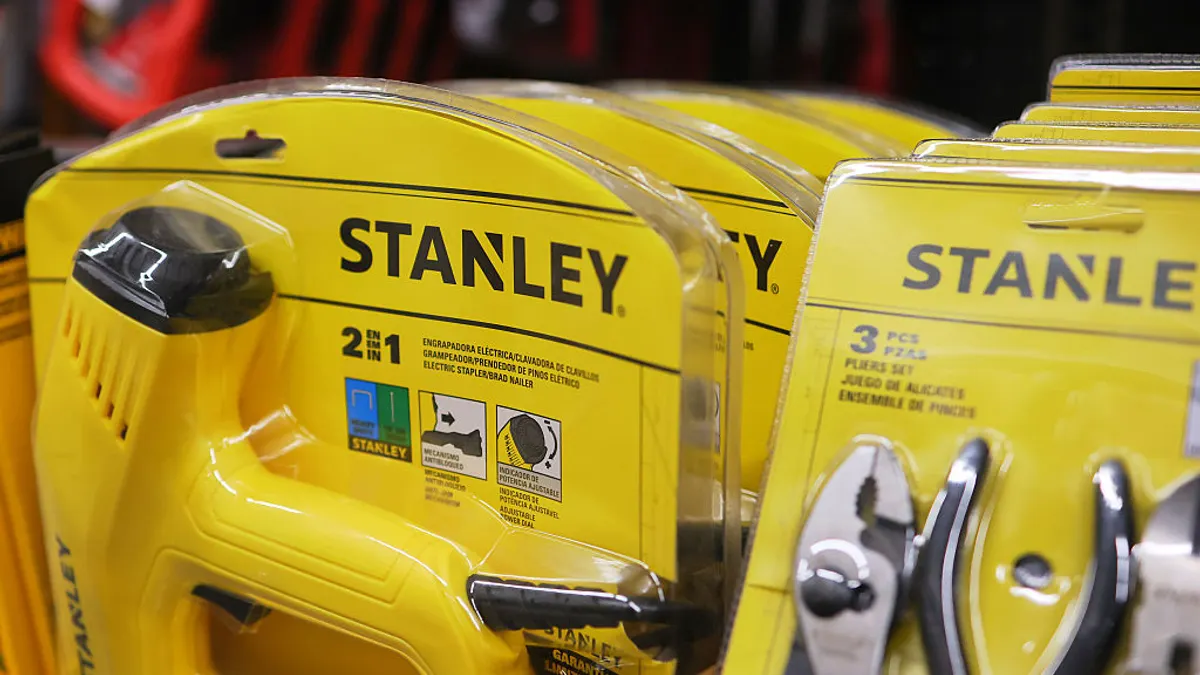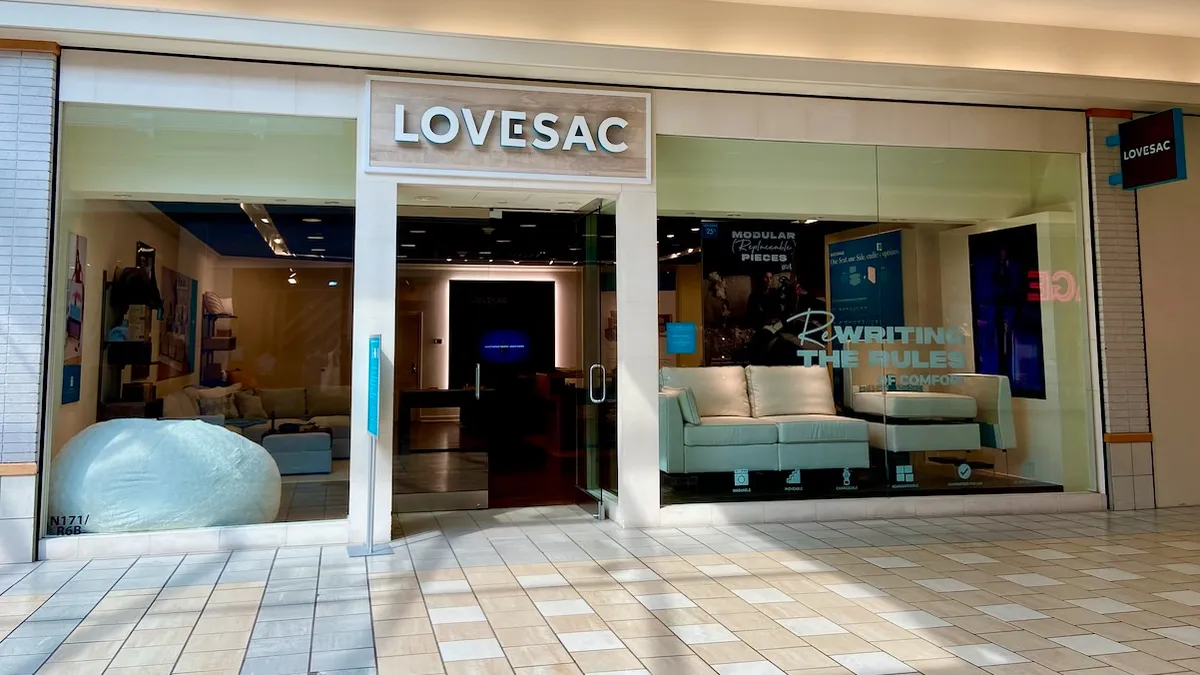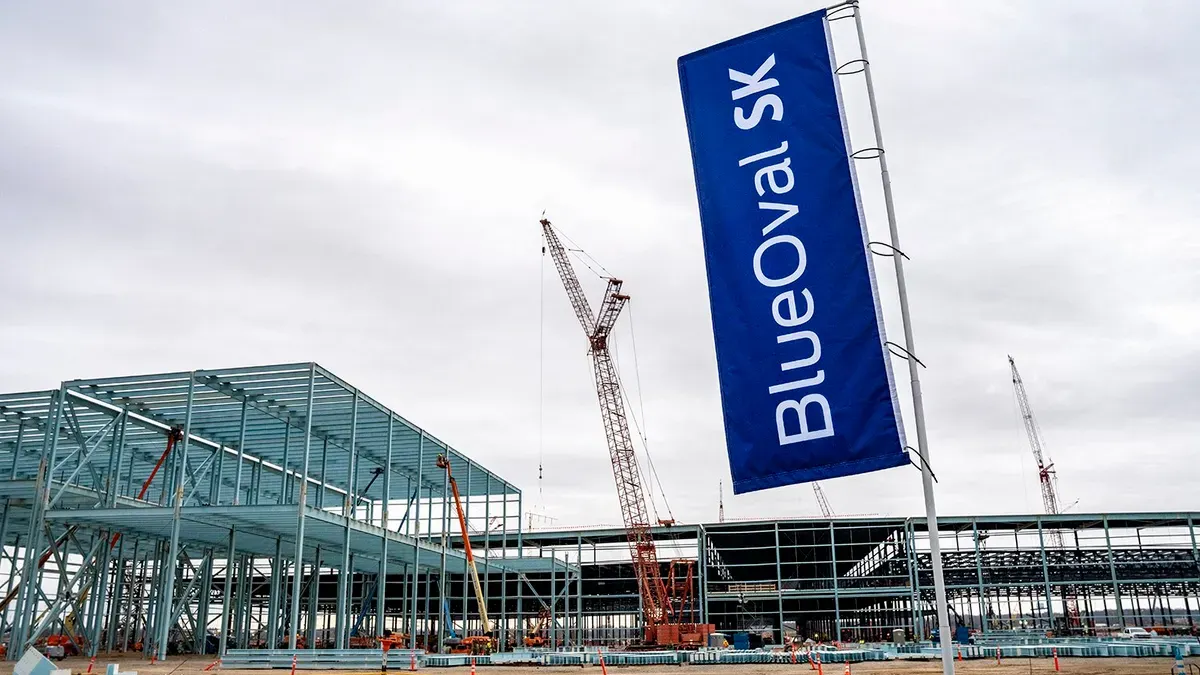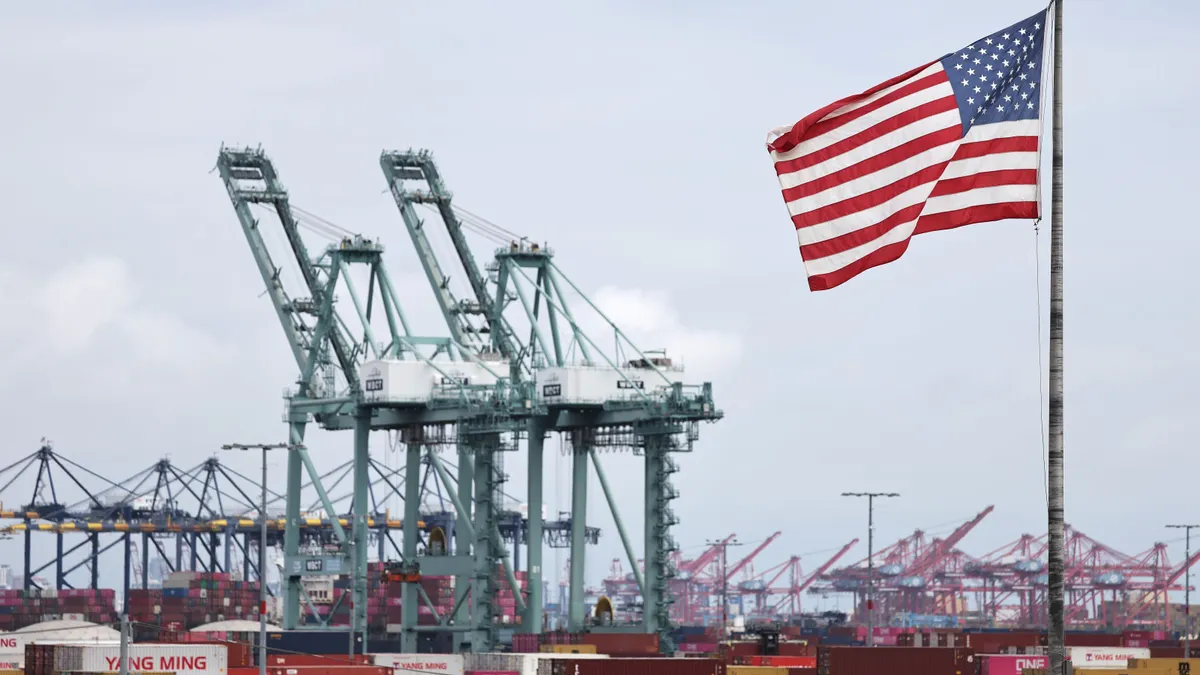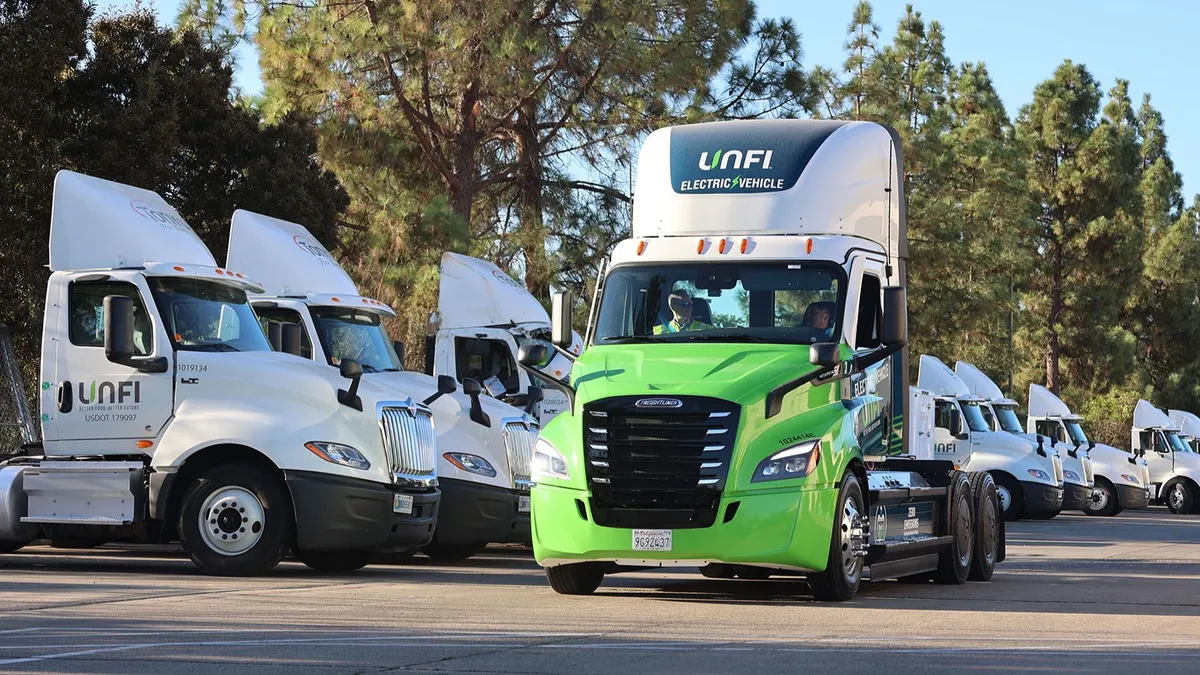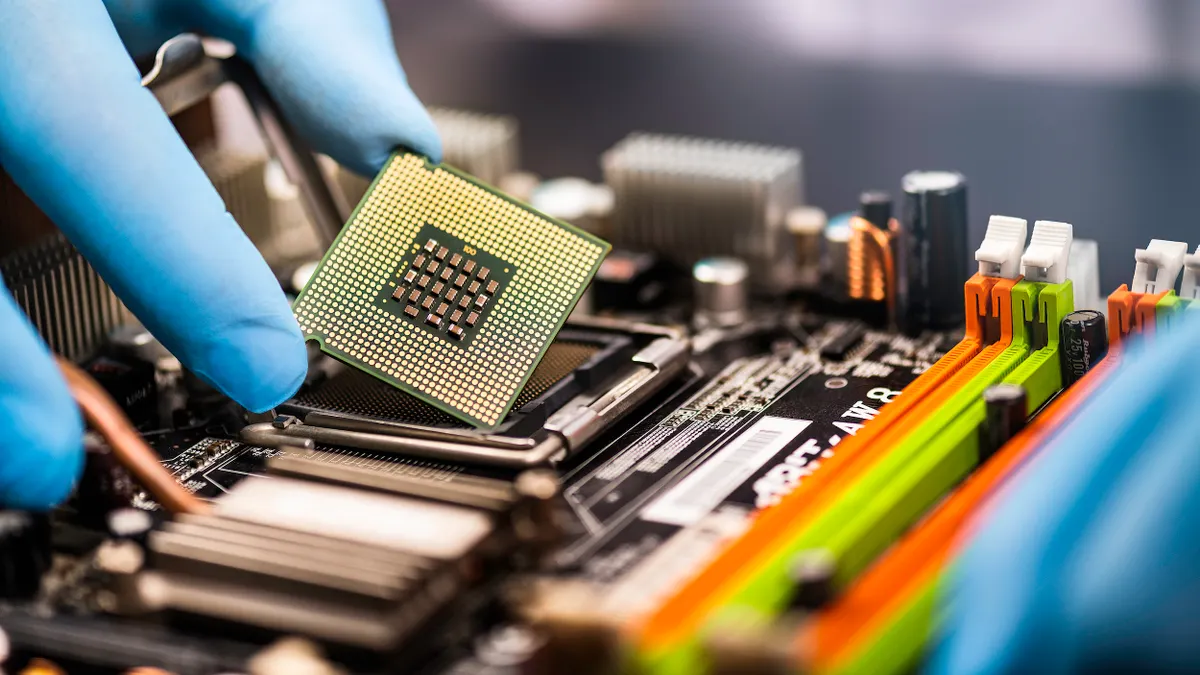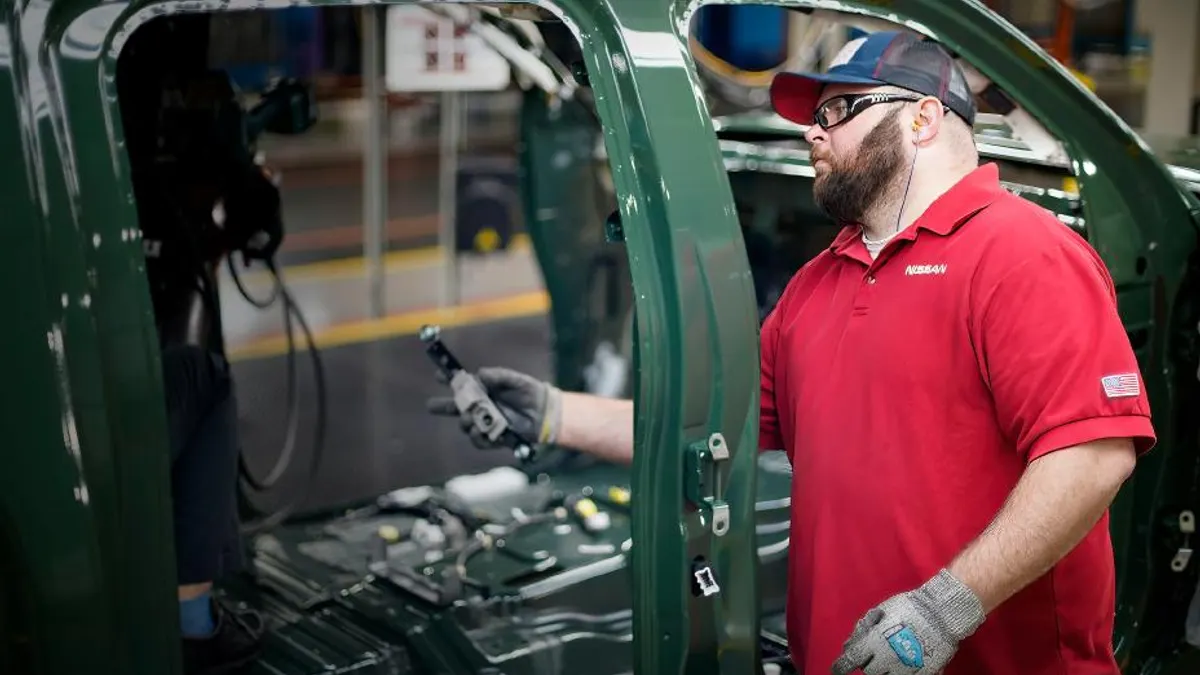This story was reported in collaboration with Game Developer, the premier publication for news and trends shaping video game development.
When Nintendo unveiled details about its highly anticipated Switch 2 console on April 2, little did it know the day would be a turning point in global trade.
Just hours after the game industry giant showed off the successor to its hit Switch console, President Donald Trump laid out plans to implement universal reciprocal tariffs.
Trump called for a baseline tariff of 10% and higher duties on numerous countries, immediately sowing uncertainty for the June 5 launch of the Switch 2.
Japan-based Nintendo currently produces many of its U.S.-bound goods in Vietnam, with some other production in China, according to Daniel Ahmad, director of research and insights at Niko Partners.
Under the Trump administration’s original reciprocal tariffs announcement, imports from Vietnam would have been hit with a 46% tariff under Trump’s original reciprocal tariffs — among the highest rates of any country.
Since Trump’s announcement, the U.S. paused some duties and provided exemptions for certain product categories, even reaching a 90-day truce with China, which at one point faced tariff rates of at least 145%. While the two countries have since reached the framework of a deal, imports from China would still be subject to 55% tariffs under the proposed pact, Trump said earlier this month.
Amid the turmoil, Nintendo went through with its June 5 launch date. But it begs the question: How have fluctuating trade relationships impacted the company's U.S. rollout? And what challenges might it face in the future?
A controlled launch
Despite a few non-tariff related hiccups, the initial rollout of the Switch 2 has been successful, selling more than 3.5 million units its first four days on the market, according to Nintendo.
Many consoles were secured via pre-order, despite Nintendo initially delaying them in response to the new tariffs unveiled by the Trump administration in early April. The pause — which the company lifted April 24 — was a short-term play, however.
“Just pausing pre-orders, but not doing anything else, just buys you time to observe,” said Joseph Fitzgerald, managing director and partner at Boston Consulting Group.
Although Nintendo went full steam ahead with its plans following the pre-order pause, many consumer goods companies have been taking more long-term wait-and-see approaches to tariffs, with some stockpiling inventory to delay more drastic actions.
It’s unclear how Nintendo handled the initial tariff shock beyond the pause, as the company did not respond to a request for comment. However, according to Sally Peng, senior managing director and leader of export controls, sanctions and trade for the Asia-Pacific region at FTI Consulting, it may have built up a certain amount of Switch 2 inventory ahead of launch to ensure it could meet the initial rush.
Strategizing for the long term
There is no quick fix to stave off the impact of tariffs for consumer electronics makers like Nintendo, however.
Just moving a single company’s production operation would be challenging enough, according to Fitzgerald. It takes roughly nine to 12 months to move production to different geographies, he said, and that’s just the start. Companies often want to be using a facility for five to 10 years to be confident it can meet demand and quality standards sufficiently for a device like the Switch 2, he added.
“Just pausing pre-orders, but not doing anything else, just buys you time to observe.”

Joseph Fitzgerald,
Managing director and partner at Boston Consulting Group
Despite the level of complexity required to shift production, consumer electronics makers in North America are putting a lot of “calories” into rebalancing, Fitzgerald added. Locations that are receiving the most attention include Latin America, eastern Europe and countries in Southeast Asia beyond China.
Moving production to the U.S. is another option, but complications remain even if a company like Nintendo were to invest in such a move.
“You end up having to have this discussion around, hey, can you also mirror our supply chain in this location, or are you going to continue to provide from an outside the United States location, and what is our cost difference?” Fitzgerald said.
Relocating a company's own production footprint is challenging enough. But game console makers rely on thousands of components and coordinate with large partner ecosystems to make devices that can be sold at consumer-friendly prices.
“That Tier 2, Tier 3 alignment in these locations is really the biggest thing that's under threat when you're kind of vacillating in policy,” Fitzgerald said.
The total supply chain costs of different tariff strategies will determine which long-term gambits electronics manufacturers make in response to a shifting global trade environment. These line items include procurement, logistics and labor costs, among others.
“So, if we look at all these three costs together and together as a landed cost, it'll be much healthier to make your decision in times of uncertainty, which is kind of the understatement of the year,” FTI’s Peng said.
There is some precedent for successfully completing this type of supply chain retooling, according to Peng, who highlighted apparel and footwear as a sector that is ahead of many other industries in this regard.
“Very many years ago, they already figured out that other than labor costs, duty costs or tariff costs are a big part of their total cost,” Peng said.
The real challenge comes next
Although Nintendo weathered the tariff onslaught during the Switch 2’s launch, the real test for the console’s first year lies in the months ahead.
Like other consumer goods makers, Nintendo will need to bring in orders during the summer’s peak shipping season to prepare for holiday demand. Due to the current trade environment, that will mean either rush ordering to take advantage of the Trump administration’s current tariff reprieve or eating higher shipping costs when and if currently paused tariffs go back into place.
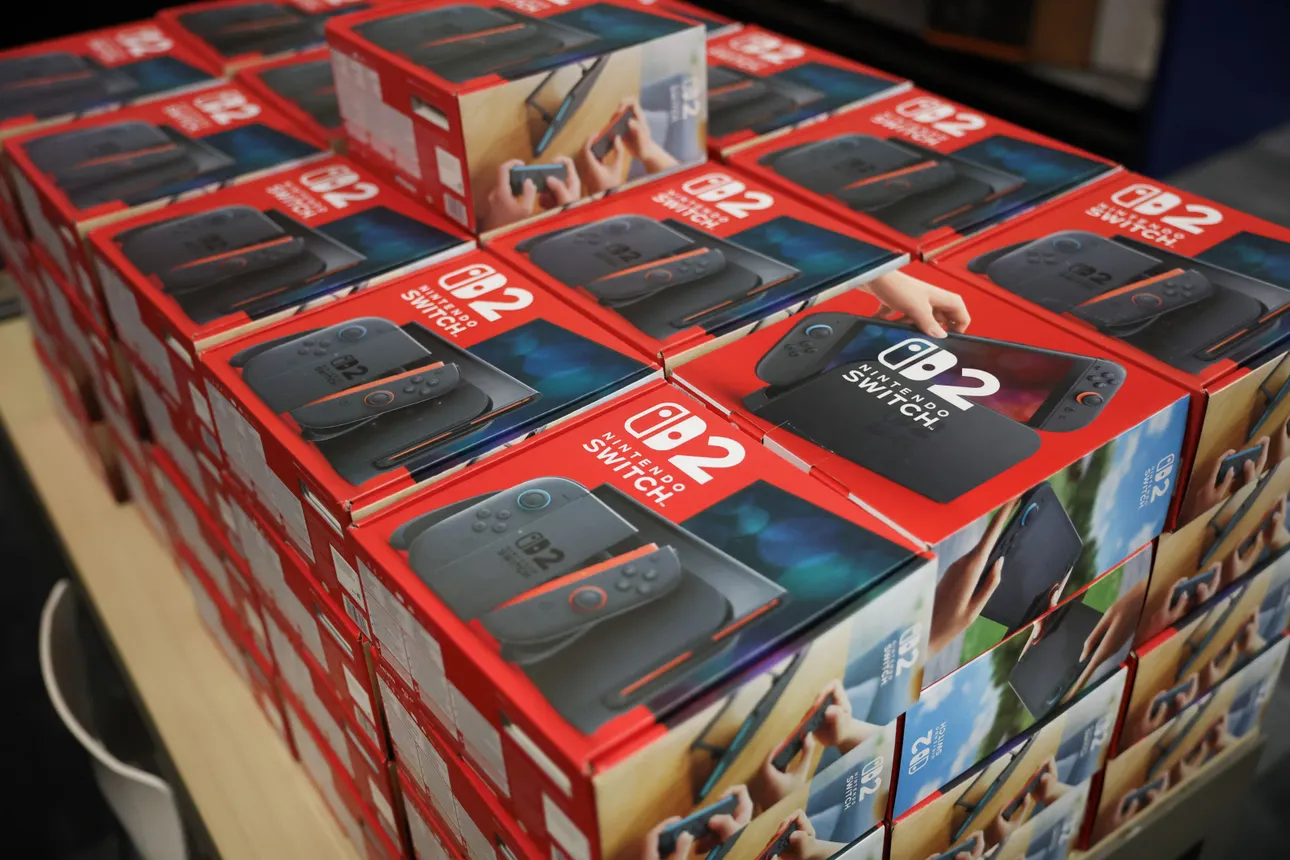
The holiday season drives hardware and software sales for the video game industry. Sales in the fiscal quarter ending Dec. 31 accounted for 37% of Nintendo’s global sales in 2024, per Supply Chain Dive calculations. Roughly 60% of U.S. revenue for the company, which does not publicly report regional earnings, comes from sales at the end of the year, former Nintendo of America President Reggie Fils-Aimé said in 2018.
Nintendo is expecting to sell 15 million units of the Switch 2 globally over the next eight months. But to reach that mark, it must contend with a potential return of the Trump administration’s country-specific reciprocal tariffs next month to meet its U.S. sales forecast.
Tariffs on imports from China have been lowered until mid-August while other country-specific duties are paused until early July. Even with the reprieve window, which has led to a pickup in shipments, imports are expected to drop 6.2% year over year in June and 8.1% YoY in July, per the National Retail Federation, with even more drastic reductions expected for the rest of the year.
Reducing shipments due to higher tariffs or slower demand won’t create a silver lining of saved costs for Nintendo, though, according to Peng. New console rollouts are planned so far in advance that the company likely already has the material to produce more consoles, Peng said. Meanwhile, production in China and other countries in Southeast Asia targeted by Trump’s tariffs has slowed down in the first half of 2025, she added.
“So, we're not just talking about finished goods not being able to ship. They already sunk a lot of costs into preparing the material or securing the material,” Peng said.
Given the tariff-driven uncertainty, Nintendo and other consumer electronics makers are being forced to make atypical decisions during this time of year.
“How aggressive do I go in terms of chasing those back orders? And do I only plan to fulfill supply for, say, 30 days at a time, which inherently limits my max capacity that I can fulfill,” Fitzgerald said. “So any launch, I would assume, has a longer backlog fulfillment period because companies are going to inch along in that fulfillment process due to uncertainty.”
The potential Nintendo advantage
Nintendo has remained confident in its ability to meet demand in the face of production challenges, even as tariffs continue to rankle supply chains. While not immune to duties given its production footprint in Vietnam and China, as well as being a Japan-based company, Nintendo holds a unique position in the video game industry.
Since Nintendo’s success with the Wii console, first introduced in 2006, the company has broken away from its major competitors (Microsoft and PlayStation) with a distinct development strategy.
Over the last two decades, Nintendo deprioritized processing speeds and graphical fidelity for unique hardware mechanics such as motion controls and portability. This approach is part of a more family-focused product strategy for Nintendo. In contrast, Microsoft and Sony continue to primarily target the 18-34 demographic.
“So, we're not just talking about finished goods not being able to ship. They already sunk a lot of costs into preparing the material or securing the material."

Sally Peng
Senior managing director and leader of export controls, sanctions and trade for the Asia-Pacific region at FTI Consulting
Because of its strategy — and its video game consoles generally— there is a built-in demand protection, even if tariffs fuel higher prices. Nintendo has committed to its initially announced price of $449 for the Switch 2, but it said console accessories will experience price adjustments due to “changes in market conditions.”
“Video games are unique because there's only one of that platform, right? And you're not really competing [with other businesses],” Fitzgerald said. “They're a category of one unto themselves.”
This is especially true for Nintendo, whose best-selling first-party games are exclusive to its console. Sony and Microsoft, meanwhile, have released first-party titles on other platforms.
In addition, because Nintendo’s console release cadence is not on the same cycle as Xbox and Playstation, which often launch new generations at the same time. Therefore, it can stand alone among the big three console makers this year.
Bryant Francis, senior editor of Game Developer, contributed to this article.







